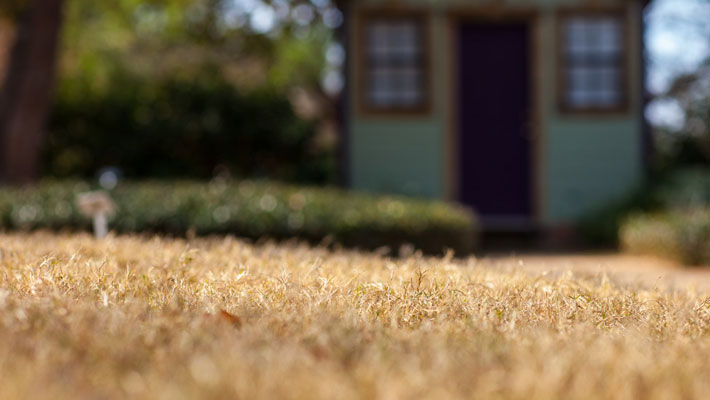In winter, your grass is busy conserving energy so it can resume growing come spring.
Winter dormancy is a natural process that occurs in turf grass during the colder months of the year. In Texas, this typically begins in late fall and lasts until early spring. During this time, the grass goes into a state of reduced growth, allowing it to conserve energy and survive harsh winter weather.
One main factor that triggers dormancy is the decrease in sunlight and temperatures. As days become shorter and temperatures drop, the grass slows down its growth and metabolism (a process called photoperiodism). This is because the grass needs less energy to survive in colder weather, and reduced sunlight limits its ability to photosynthesize and produce energy.
There’s also less soil moisture in winter. As the weather gets drier and cooler, grass uses less water, helping it conserve energy and endure the winter weather. During this period, grass will appear brown and dormant, but it’s not dead. The roots and crowns of the grass are still alive, and the grass will begin to grow again once the weather warms.

It’s best not to water your dormant lawn as much as possible. Watering in winter can encourage the growth of weeds and lead to fungal outbreaks in your turf grass. Similarly, most other native and climate-appropriate landscape plants will also enter a state of dormancy in winter and require no additional watering.
Also, winter averaging is used to calculate your sewer bill for the following year. The less water you use, such as outside watering of your dormant lawn, the lower your sewer bill will be in 2023.


